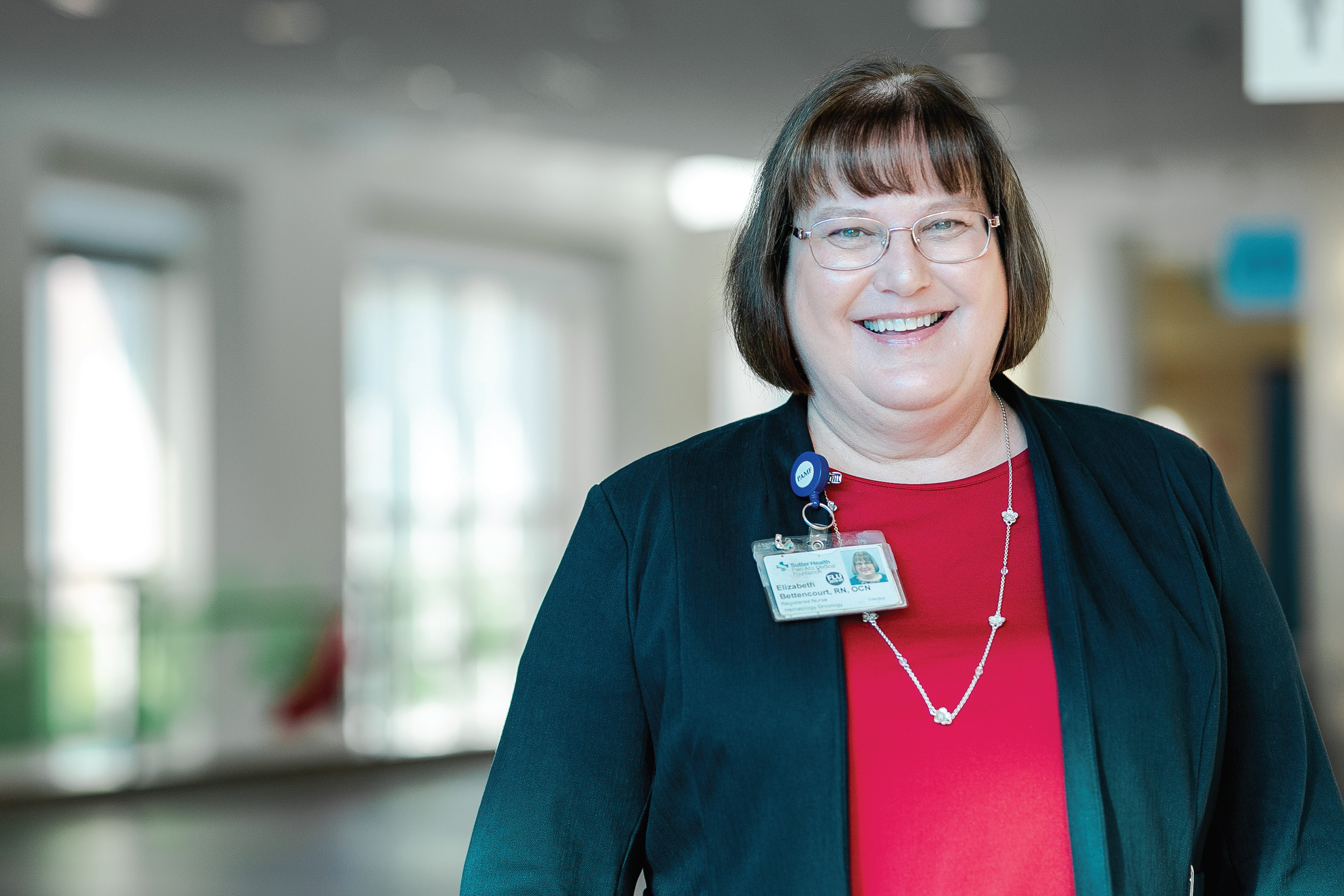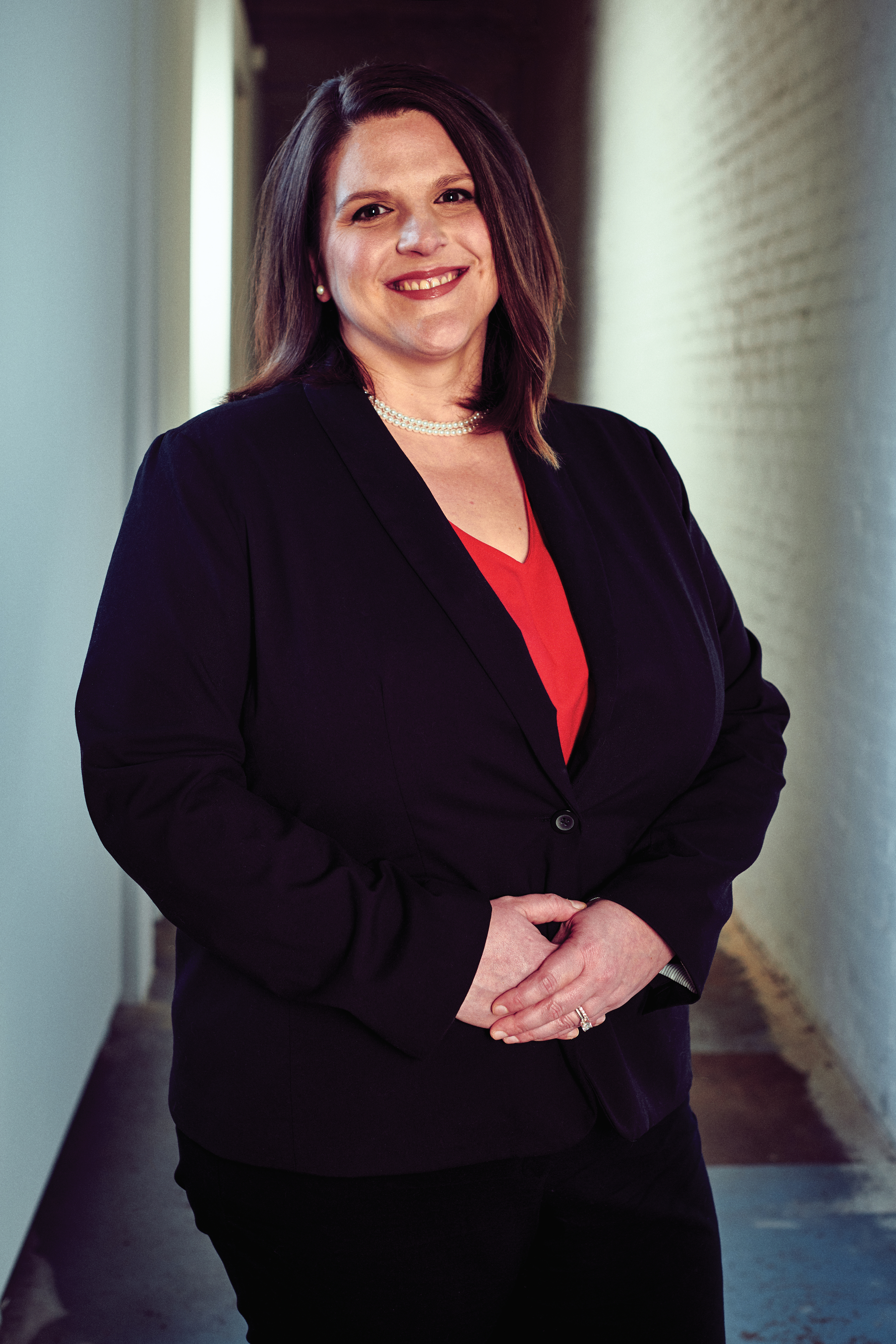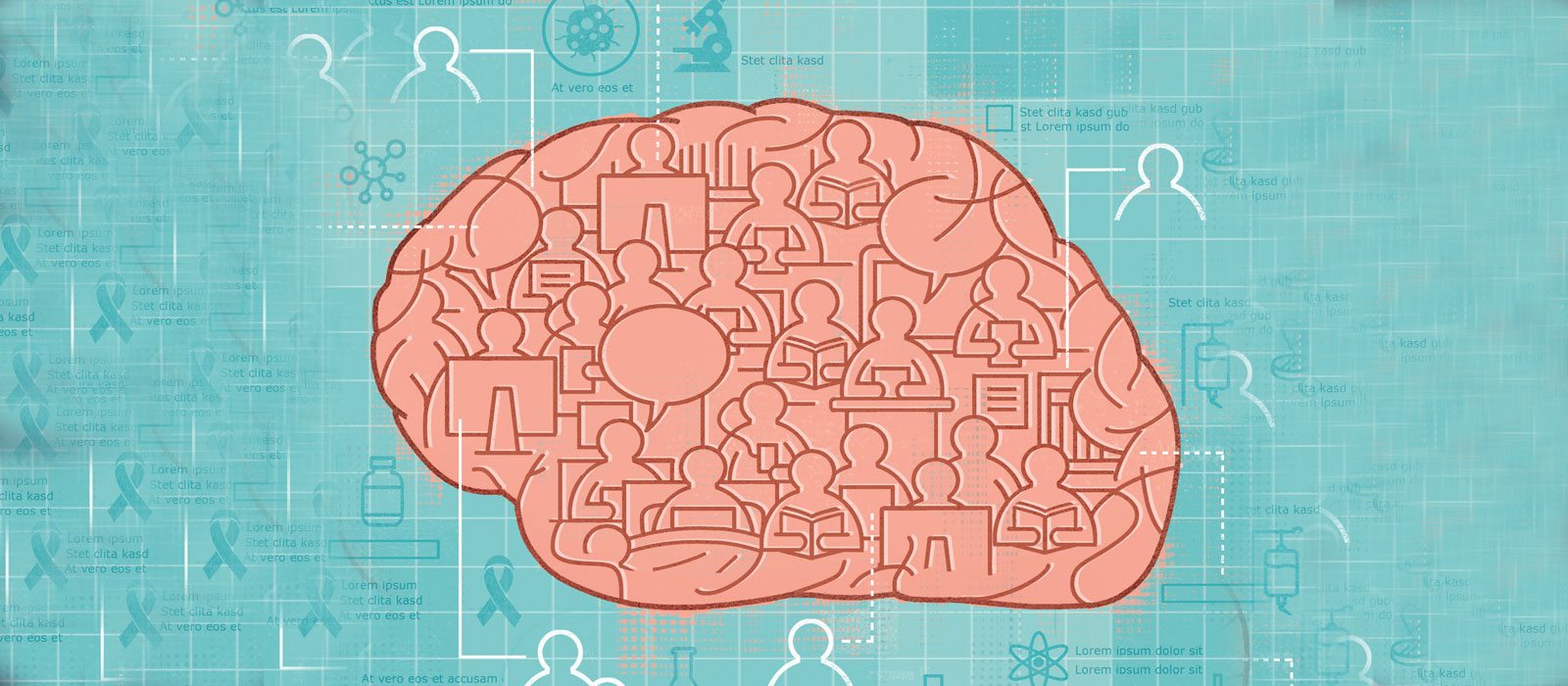“An investment in knowledge pays the best interest,” Benjamin Franklin wrote. For oncology nurses and their patients, this couldn’t be more apt. Patient education is critical throughout the cancer journey, and nurses are essential to individualizing that education.
As lynchpins of patient education, oncology nurses provide patients with various forms of education to understand and successfully navigate symptoms, side effects, medication schedules, and changes in treatment plans. Nurses must have access to the latest educational resources and materials to close the patient knowledge gap and address questions in practice. With new websites, video content, mobile applications, and more, oncology nurses are employing every tool at their disposal to ensure patients with cancer are prepared to encounter their disease.

The Importance of Individualized Patient Education
Not all patients learn the same way and at the same capacity. Some people are visual learners, partial to graphics, diagrams, and pictures to help them understand and use information. Others learn best through hearing, writing, or participating in hands-on activities. Thanks to today’s technology, web-based applications, videos, and websites offer newer avenues for patient education. Nurses must assess patient needs to identify and provide them with the most suitable mode of education in practice.
“A lot of organizations are sharing video-based education materials that they develop in house, and plenty of apps and websites provide drug-specific or disease-specific patient education,” ONS member Elizabeth Bettencourt, MSN, RN, OCN®, oral chemotherapy nurse navigator at Palo Alto Medical Foundation in Sunnyvale, CA, and member of the Silicon Valley ONS Chapter, said. “I use the oral chemo education sheets online to educate patients. But with all of the available information out there, nurses must be aware of what our patients are coming to us with, so we can meet them where they are. For a patient who is tech savvy, I’d connect him with web-based resources, but that might be different than others who need their education in a more traditional format. It’s all about assessing patient needs.”
For ONS member Tobi Stuart, MSN, RN, MBA, OCN®, nurse manager at Texas Oncology in Dallas, TX, and member of the Dallas ONS Chapter, patient education goes hand in hand with caregiver education, and it can be a challenge to cover all the bases.

“Many of our patients with cancer are older adults, and nurses must tailor their efforts to an older generation. But they must inform family caregivers—sons and daughters—who are often at a different health literacy level than their parents,” Stuart said. “These are caregivers who are old enough to have parents with cancer and may also have young children of their own. That can make it difficult for them to always be in the same room as the patient. It’s crucial that nurses connect those caregivers to technologies and materials that offer education to them as well. Sharing resources digitally, connecting caregivers to patient portals, and even teleconferencing them into appointments can ensure everyone is able to ask questions and receive information at the same time—reducing the burden for nurses repeating themselves. We rely on caregivers to help older adult patients with cancer navigate their symptoms and understand their treatments.”
Bettencourt and Stuart agree that successful education requires a multifaceted approach. Nurses must assess the level of health literacy of their patients, understand their ability access the information, and reinforce the need to follow through on the provided materials (see sidebar). If patients don’t feel empowered to use the information, then it’s missing the mark in practice.
“Look at your patients and look at the resources. Sometimes resources may be too fast or too slow. Some web-based videos are very slow in delivering information. Depending on the patient, they could get bored and tune out,” Bettencourt says. “Nurses should be keyed into the language used when presenting information. You cannot talk to a patient at a PhD level if the patient is not at that same level. Accessibility is also important. If patients can’t access what you’ve shared, then it’s useless to them. Connecting patients with the information and the format that works best for them is critical to successfully conveying this information.”
Assessing and Reinforcing Education
A cancer diagnosis is an incredibly stressful, emotional time for patients. Although education is crucial, even at the initial visit, nurses must follow up with their patients every step of the way to ensure they get the information they need when they’re mentally and emotionally ready to receive it.
“It’s best to educate as early as possible,” Stuart stresses. “But from diagnosis to treatment is such a whirlwind, and our patients are still trying to process everything. If we just throw information at them, they won’t retain it. Just as we’re moving toward precision medicine for how we treat our patients, we need to follow that same idea for how we educate them. It’s not an-all-for-one process. We need to assess where our patients are and understand what works best for them. Then, it’s a constant reinforcement of that education. Whether it’s through videos, apps, patient portals, or printed materials, we must connect them with education they’re comfortable with and reassess often.”
Including all members of the cancer care team can help with ongoing patient education. With multiple touchpoints through the cancer journey, the interprofessional team can reassess and incorporate new education as needed.
“Education comes from everyone. Each member of the care team has some educational component that they provide to the patient. Everyone involved must be on the same page, saying the same things, and documenting what’s been taught,” Bettencourt says. “Documentation is crucial to communicating what’s been given, what they’ve been told to do, whether they’re doing it, and—if not—what we can do to fix it. Communication is key to an effective oncology care team and to patient education.”
Challenges With New Education Formats
When it comes to education—especially in an era of vast technologic advancement—nurses have a plethora of options at their disposal. It can be a blessing and a curse. Having a seemingly unlimited amount of choices can make it difficult to quickly identify the resources best for practice.
“With so many resources available, nurses must make sure the tools they’re using are legitimate, evidence based, and emulating the information that your institution backs as well,” Bettencourt says. “For many nurses, learning how to use the technology associated with some of these resources—and keeping up with the evolution of patient information—can be a huge obstacle in practice.”
Beyond the growing number of educational resources to choose from, nurses may encounter patients who have limited or no access to education materials that suit their learning styles. Various disparities can affect how and if patients are able to obtain the education they need.
“There have been times where I’ve had to help a patient just understand how to use their phones or computers. It’s important to remember that not everyone has the same understanding of technology,” Stuart stresses. “Beyond that, access to different resources can be an issue for patients depending on their location, socioeconomic background, or cultural background. Addressing ways to provide varied educational resources is a multifactorial challenge, and we need to offer modes of education that suit all needs. We have to consider their ability to reliably access those resources.”
What’s on the Horizon for Patient Education?
Nurses are on the forefront of patient education and are vital advocates for the importance of providing those materials to patients with cancer.
“Oncology nurses serve a huge role in patient education. They’re the ones who spend the most amount of hands-on time with patients. Finding ways to show that value and quantify that process is critical for the future,” Stuart says. “Until payers and companies recognize the important role of patient education—and the value of it—nurses won’t receive the level of systemic support they need to ensure all patient education needs are being met.”
The oncology nurse’s voice is an integral part of the process to innovate and create new materials for patient education.
“The message I have for nurses is to get involved. Join committees, be the one helping to develop whatever patient education resources are being created,” Bettencourt says. “Let your voice be heard. Be an advocate for your colleagues and your patients, and participate. Remember that you will be using these new education resources in your practice. Nurses are educators—no matter what we’re doing, we’re educating. So we need to be involved in whatever education materials are being developed.”






